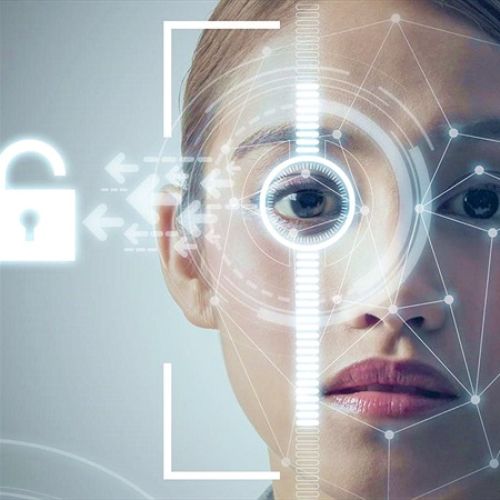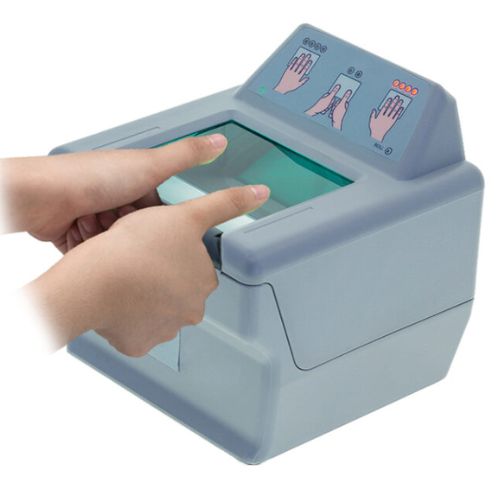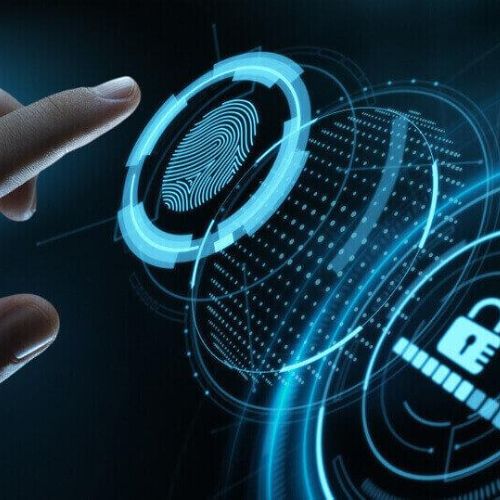Introduction
In the modern world, technological advancements are reshaping various industries, and visa processing is no exception. Biometric technology has emerged as a game-changer, offering enhanced security, faster processing times, and streamlined experiences for applicants. This article explores how biometric technology is transforming visa processing and why it is becoming an essential tool in today’s immigration landscape.

What is Biometric Technology?
Biometric technology involves using unique physical and behavioral characteristics to identify individuals. Common biometric identifiers include fingerprints, facial recognition, iris scans, and voice patterns. Unlike traditional identification methods like passwords or ID cards, biometrics are nearly impossible to forge or duplicate, making them a highly secure method for verifying identity.
In visa processing, biometric technology is increasingly being adopted by governments to enhance the accuracy of applicant identification, reduce the risk of fraud, and improve the overall efficiency of the visa application process.
Biometric Technology in Visa Applications
- Fingerprint ScanningOne of the earliest forms of biometric technology used in visa processing is fingerprint scanning. Fingerprints are unique to every individual, and capturing this data allows immigration authorities to ensure that applicants are who they claim to be. This method has been widely adopted in countries like the United States, the UK, and many European nations.When applying for a visa, applicants are often required to visit a biometric enrollment center where their fingerprints are scanned and stored in a secure database. This data is then cross-referenced during the visa approval process and upon arrival at the destination country’s border.
- Facial Recognition TechnologyFacial recognition is another biometric method that has gained significant traction in visa processing. This technology uses advanced algorithms to analyze the unique features of a person’s face, such as the distance between the eyes, nose shape, and jawline, to create a digital map of their face. This data is then compared to existing records to verify the applicant’s identity.Many countries now use facial recognition technology at their borders to speed up the immigration process. Travelers with biometric visas can pass through automated gates, where their facial features are scanned and matched against the data stored in their visa application. This eliminates the need for manual checks and reduces waiting times for passengers.
- Iris ScanningIris scanning is one of the most accurate forms of biometric identification. The iris, the colored part of the eye, has a complex pattern that is unique to each individual. Iris recognition technology captures a high-resolution image of the iris, which is then used to verify the identity of visa applicants.Countries like India and the UAE have incorporated iris scanning into their visa and immigration processes, providing an additional layer of security and making it harder for fraudsters to impersonate legitimate applicants.
The Benefits of Biometric Technology in Visa Processing
- Enhanced SecurityThe primary advantage of biometric technology is the enhanced security it provides. Traditional methods of identification, such as passports and identification cards, can be lost, stolen, or forged. Biometrics, on the other hand, are nearly impossible to falsify. By using unique biological markers, biometric technology ensures that only the rightful visa applicant is granted entry into a country.This is particularly important in preventing identity theft and visa fraud, which are growing concerns in global immigration. Biometric systems make it extremely difficult for individuals to apply for a visa under someone else’s identity, reducing the risk of fraudulent applications.
- Faster Processing TimesAnother significant benefit of biometric technology is its ability to speed up visa processing times. Traditional visa applications often involve lengthy verification processes, including manual checks and cross-referencing of documents. With biometric data, however, the verification process is automated and instantaneous.Immigration authorities can quickly scan an applicant’s fingerprint or face and cross-reference it with existing databases. This reduces the time it takes to process a visa, enabling applicants to receive their approvals faster. Additionally, at border control, biometric gates allow travelers to pass through quickly, reducing waiting times and enhancing the overall travel experience.
- Global StandardizationAs more countries adopt biometric technology, there is a growing trend towards global standardization of visa processes. Many countries now use similar biometric systems, which can be shared across borders to improve collaboration between immigration authorities. For example, the European Union’s Schengen Visa system uses biometric data, allowing member countries to share information and verify travelers more effectively.This standardization not only improves security but also simplifies the visa application process for travelers. Once an applicant’s biometric data is recorded, it can be reused for future visa applications, reducing the need for repeated biometric enrollment.
Challenges and Concerns
While biometric technology offers numerous benefits, there are also challenges and concerns that must be addressed.
- Privacy IssuesOne of the primary concerns surrounding the use of biometrics in visa processing is privacy. Biometric data is highly personal, and if it falls into the wrong hands, it can be used for malicious purposes. Ensuring the security and confidentiality of biometric data is crucial to prevent breaches and protect applicants’ identities.Governments and visa processing agencies must implement robust security measures, such as encryption and secure storage, to safeguard biometric information from cyberattacks and data leaks.
- Access to TechnologyNot all countries or applicants have access to the necessary technology to participate in biometric visa processing. In some regions, the lack of infrastructure, biometric enrollment centers, or internet access can pose a challenge. This can result in delays or difficulties for applicants, particularly in developing countries.To overcome this, governments must work to improve access to biometric technology and ensure that all applicants, regardless of their location, can easily provide biometric data.
- False Positives and ErrorsAlthough biometric systems are highly accurate, they are not infallible. There is always a risk of false positives, where an individual’s biometric data is incorrectly matched with another person’s record. Additionally, certain factors such as age, injury, or medical conditions can affect the accuracy of biometric scans.Visa processing systems must include safeguards to address these potential errors, such as manual review processes and alternative methods of verification.

Conclusion
Biometric technology is revolutionizing the visa processing industry by offering enhanced security, faster processing times, and global standardization. As more countries adopt biometric systems, visa applications will become more efficient and secure, benefiting both travelers and immigration authorities. However, it is essential to address privacy concerns and ensure that biometric data is handled with the highest level of care.
In the future, we can expect biometric technology to play an even greater role in travel and immigration, making cross-border movement smoother and more secure for everyone.

